Home>Ideas and Tips>Upgrading Your Home’s Attic For Extra Storage
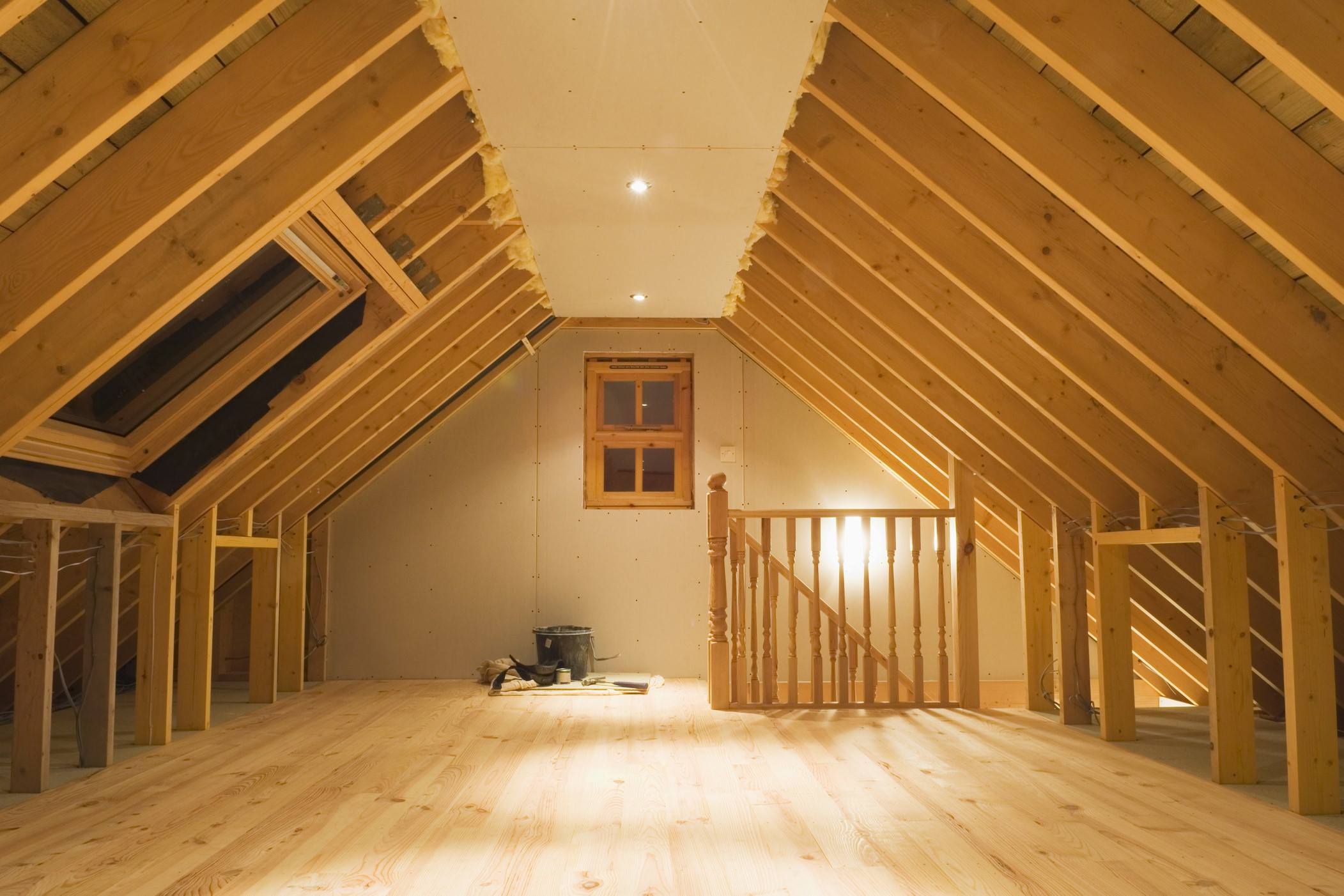

Ideas and Tips
Upgrading Your Home’s Attic For Extra Storage
Modified: October 20, 2024
Transform your attic into a functional storage space with our comprehensive guide. Learn practical tips, safety considerations, and DIY solutions.
(Many of the links in this article redirect to a specific reviewed product. Your purchase of these products through affiliate links helps to generate commission for Storables.com, at no extra cost. Learn more)
Introduction
When it comes to home improvement, one of the most overlooked spaces in a house is the attic. Often used for storage or left unused altogether, the attic can be transformed into a valuable and functional area that not only provides additional storage but also enhances the overall aesthetic and functionality of your home. In this article, we will delve into the process of upgrading your home's attic for extra storage, discussing the pros and cons, practical tips, and essential considerations to ensure a successful project.
Assessing the Feasibility of Your Attic
Before you start any renovation project, it is crucial to assess the feasibility of your attic. This involves evaluating several factors, including the structural integrity of the attic, the type of insulation present, and the accessibility of the space. Here are some key points to consider:
-
Structural Integrity: Ensure that your attic trusses are designed to support additional loads. If you plan to install a storage area, you may need to reinforce the joists or add support beams to prevent damage or collapse. Consulting a structural engineer can provide peace of mind and ensure that your attic is safe for renovation.
-
Insulation: Check the type and quality of insulation in your attic. Loose fill insulation (cellulose or mineral/rock wool) is common but may need to be rearranged or replaced to accommodate your storage needs. Proper insulation is essential for maintaining a comfortable indoor temperature and reducing energy costs.
-
Accessibility: Evaluate the accessibility of your attic. Ensure that you have a safe and convenient way to enter and exit the space. This could involve installing stairs or a pull-down ladder, depending on your attic's layout and design.
Planning Your Attic Storage
Once you have assessed the feasibility of your attic, it's time to plan your storage area. Here are some steps to follow:
-
Define the Purpose of the Space: Determine how you want to use the storage area. Will it be for seasonal decorations, holiday items, or general household storage? This will help guide your design choices and ensure that you create a space that meets your needs.
-
Measure the Space: Measure the dimensions of your attic to determine the best layout for your storage area. A 4×8 section is often optimal because it balances storage capacity with minimal loss of insulation R-value.
-
Choose the Right Materials: Select materials that are durable, easy to clean, and resistant to pests and moisture. Plywood or oriented strand board (OSB) are good options for flooring, while foam board insulation can help maintain the R-value under the storage area.
-
Consider Climate Control: Attics can experience extreme temperature fluctuations and high humidity levels, which can damage sensitive items. Implementing climate control measures such as dehumidifiers or climate-controlled storage containers can help protect your belongings.
Practical Tips for DIY Attic Storage
While hiring a professional contractor can ensure a high-quality finish, many homeowners prefer to tackle attic renovations themselves. Here are some practical tips for DIY attic storage:
-
Lay Down Insulation: Before installing plywood or OSB, lay down a few pieces of foam board insulation on top of the joists to create an insulated platform. This will help maintain the R-value and ensure that your storage area remains energy-efficient.
-
Use Lightweight Storage Solutions: Opt for lightweight storage solutions such as shelving units or storage bins to avoid overloading the attic trusses. This will also make it easier to move items around and access them safely.
-
Organize Stored Items: Implement an organizational system to keep your stored items tidy and easily accessible. Use labels, bins, and shelves to categorize items by type or season.
-
Reinforce the Flooring: Ensure that your flooring is sturdy enough to support the weight of your stored items. You may need to use lumber to frame up the floor if it's not big enough for a full or half sheet of plywood or Styrofoam.
Safety Considerations
Safety should always be your top priority when working on an attic renovation. Here are some safety considerations to keep in mind:
-
Avoid Compacting Insulation: When laying down plywood or OSB, avoid compacting the loose fill insulation underneath. This can apply pressure and reduce its effectiveness in maintaining a comfortable indoor temperature.
-
Distribute Load Evenly: When adding storage or flooring, distribute the load evenly across the attic trusses to avoid putting too much pressure on any one area. This will help prevent damage or collapse.
-
Check for Pests: Attics are susceptible to pest infestations, including rodents, insects, and birds. Ensure that you take measures to prevent pest infestations by sealing any entry points and using pest-resistant materials.
Benefits of Attic Storage
Using your attic for storage offers several benefits, including:
-
Cost-Effective Solution: Utilizing your attic for storage is a cost-effective way to create extra space without expensive renovations or home additions.
-
Easy Access: Attics are typically accessible from within the home, making it convenient to store and retrieve items as needed.
-
Customizable Space: Attic storage can be customized just for you, allowing you to organize and arrange items according to your liking.
Common Challenges and Solutions
While upgrading your attic for extra storage can be rewarding, it also comes with its own set of challenges. Here are some common challenges and their solutions:
-
Poor Ventilation: Attics often have limited ventilation, which can lead to stagnant air and potential moisture buildup. Solution: Implement climate control measures such as dehumidifiers or ensure proper ventilation by installing vents or fans.
-
Difficult Access: Attics may lack proper flooring and lighting, making it difficult to navigate and retrieve items safely. Solution: Install stairs or a pull-down ladder for easy access, and ensure that the flooring is sturdy enough to support your weight.
-
Humidity: Attics can experience fluctuating humidity levels, especially in humid regions, which can contribute to mold and mildew growth. Solution: Use climate-controlled storage containers or dehumidifiers to maintain a stable humidity level.
-
Safety Concerns: Attics may not be designed to support heavy loads, raising safety concerns about overloading the attic with too many or too heavy items. Solution: Distribute the load evenly across the attic trusses and avoid compacting insulation.
Maximizing Your Attic Space
To maximize your attic space, consider the following tips:
-
Use Vertical Space: Make the most of your attic's vertical space by installing shelving units or storage bins that go up to the ceiling. This will help keep your floor clear and make it easier to access items.
-
Label and Categorize: Label and categorize your stored items to ensure that you can find what you need quickly and easily. This will also help maintain an organized space.
-
Regular Maintenance: Regularly inspect your attic storage area for signs of pest infestations, moisture damage, or structural issues. Address any problems promptly to prevent them from becoming major issues.
Conclusion
Upgrading your home's attic for extra storage is a worthwhile project that can enhance both the functionality and aesthetic appeal of your home. By assessing the feasibility of your attic, planning your storage area carefully, and following practical DIY tips, you can create a safe and efficient storage space that meets your needs. Remember to address common challenges such as poor ventilation, difficult access, humidity, and safety concerns to ensure a successful project. With the right planning and execution, your attic can transform from a dusty storage space into a valuable and functional area that adds value to your home.
Additional Resources
For more information on attic renovations and storage solutions, consider consulting the following resources:
- Infinity Custom Homes: Offers comprehensive guides on attic conversions and their benefits.
- This Old House: Provides detailed guides on finishing your attic, including planning, budgeting, and execution.
- Today's Homeowner: Offers tips and ideas for converting your attic into usable living space, including design ideas and cost considerations.
By following these guidelines and consulting these resources, you can successfully upgrade your home's attic for extra storage and enjoy the numerous benefits it has to offer.
Was this page helpful?
At Storables.com, we guarantee accurate and reliable information. Our content, validated by Expert Board Contributors, is crafted following stringent Editorial Policies. We're committed to providing you with well-researched, expert-backed insights for all your informational needs.

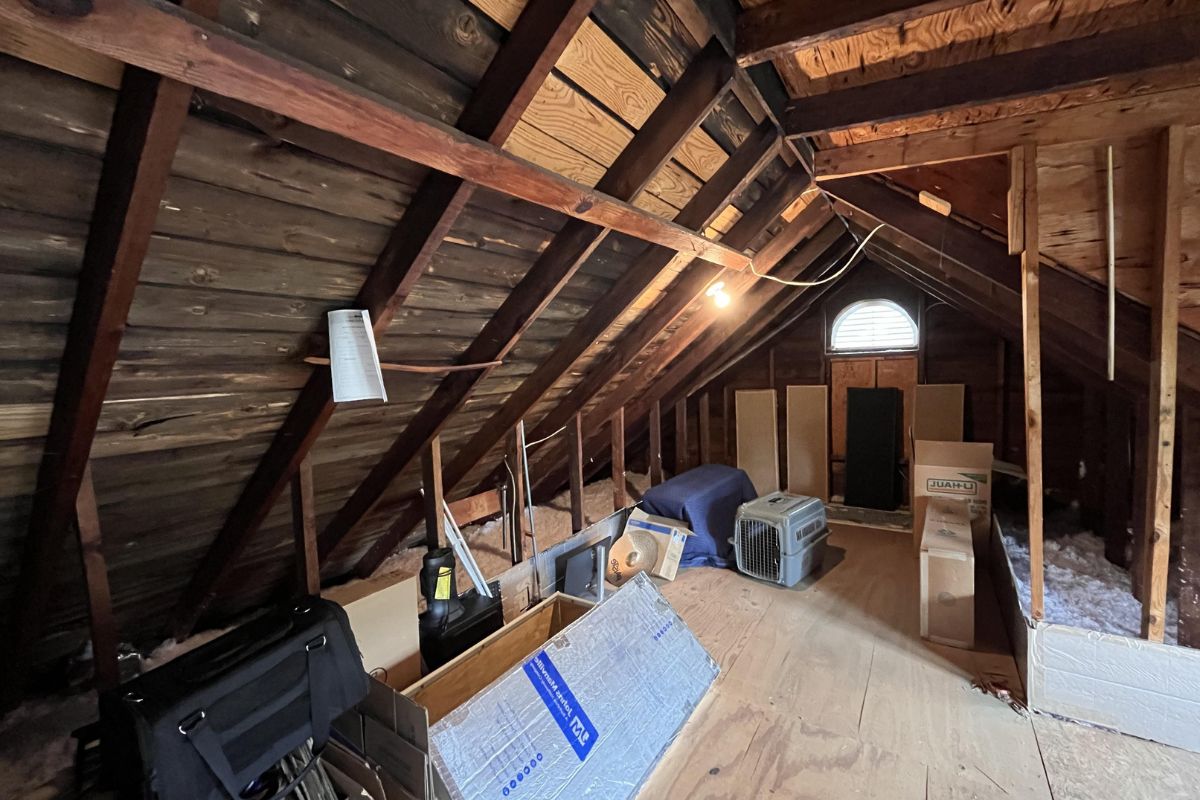
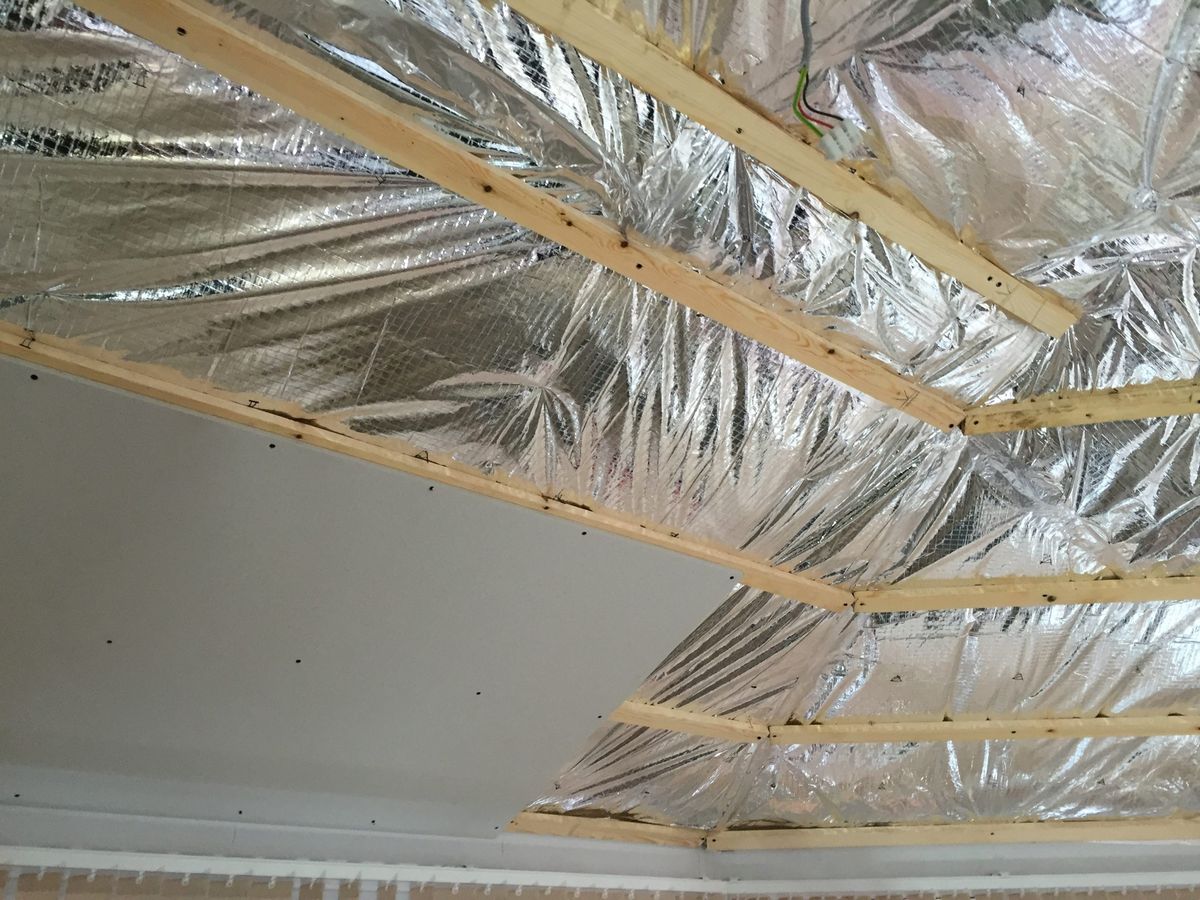
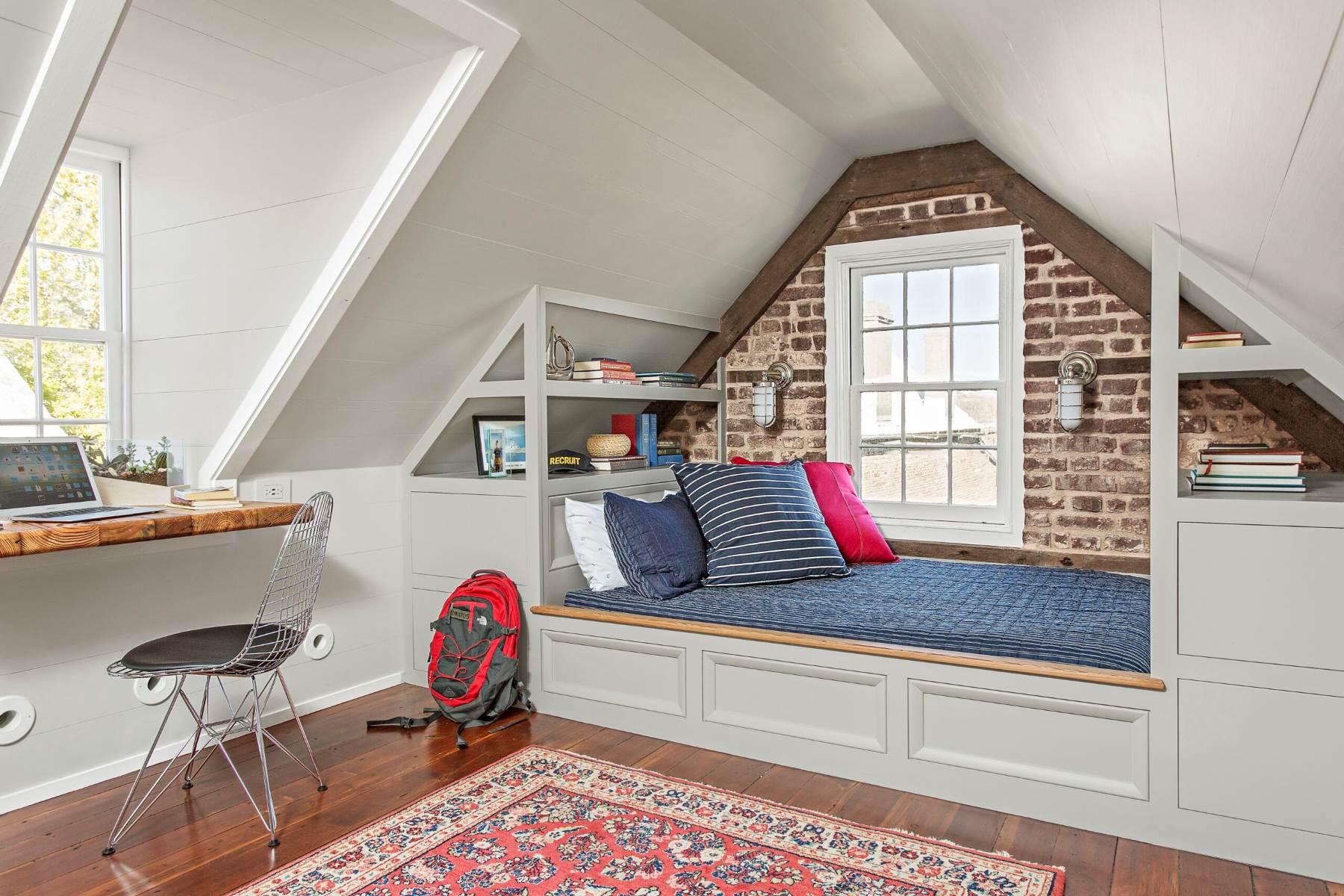
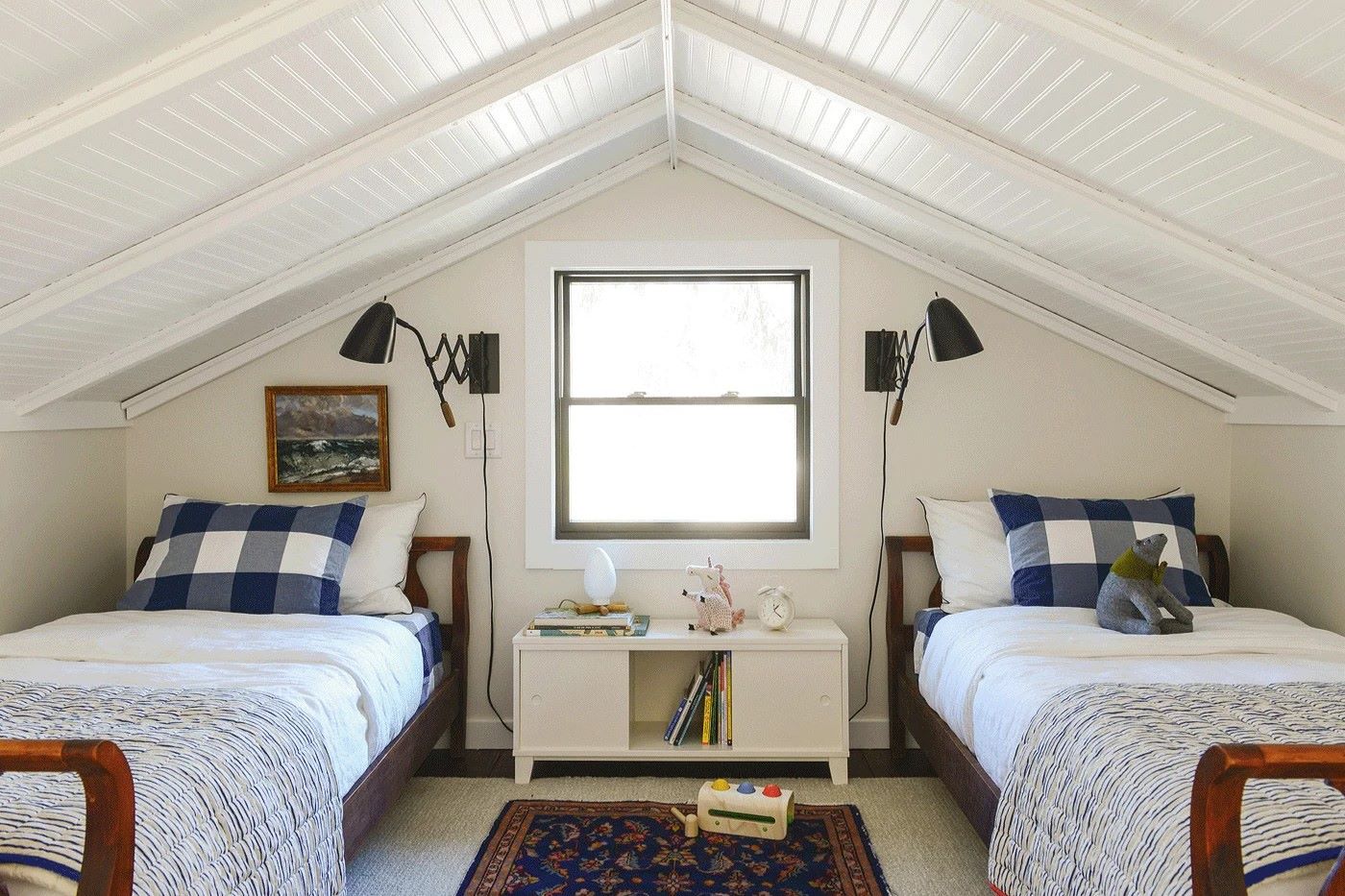
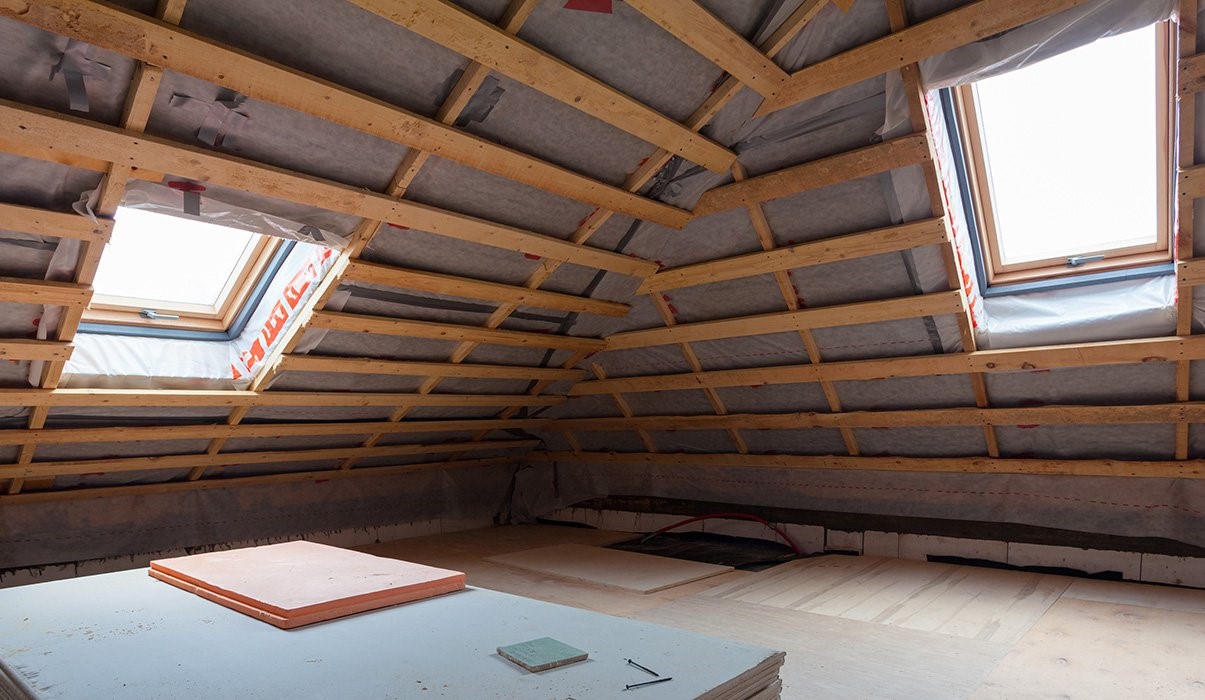
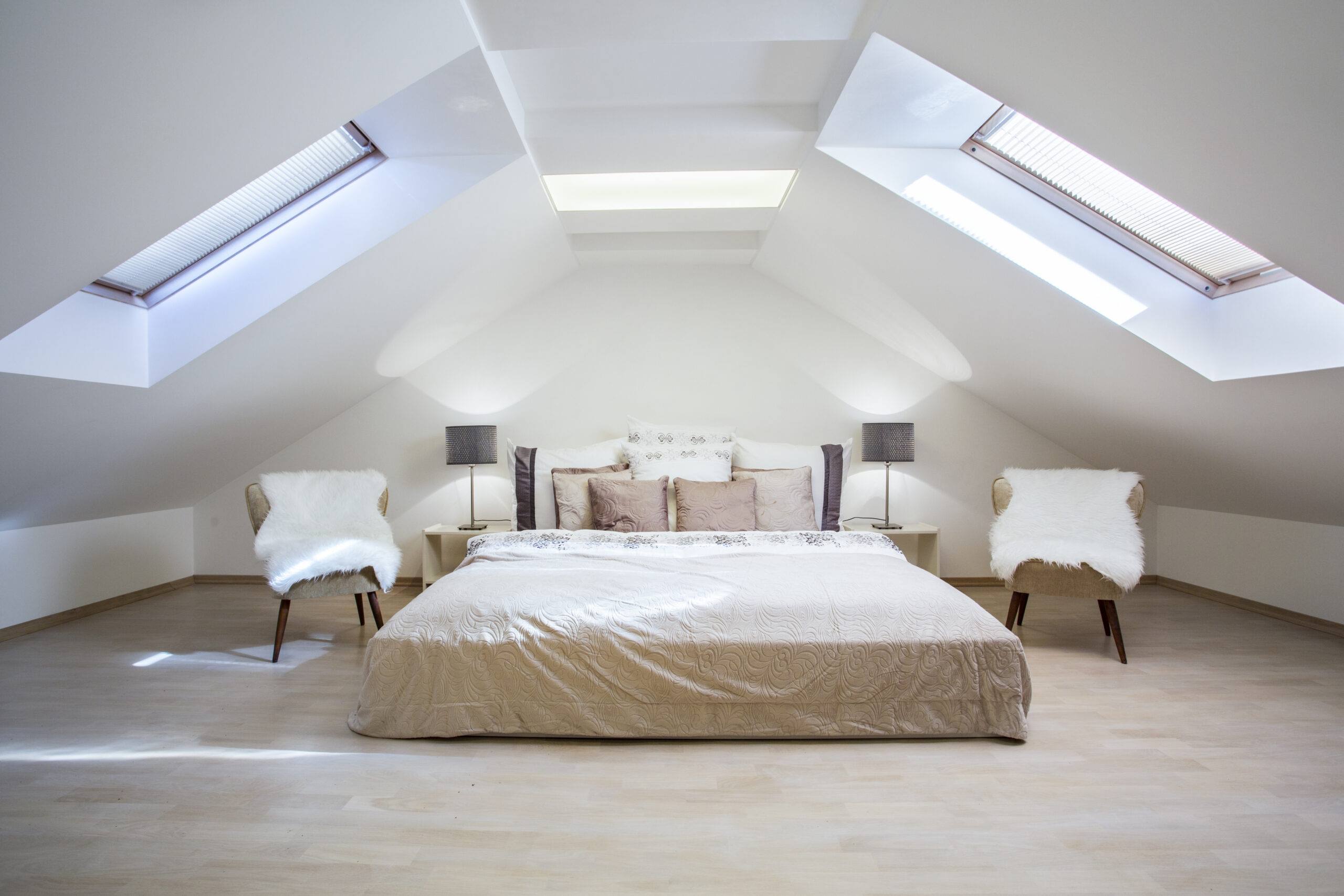
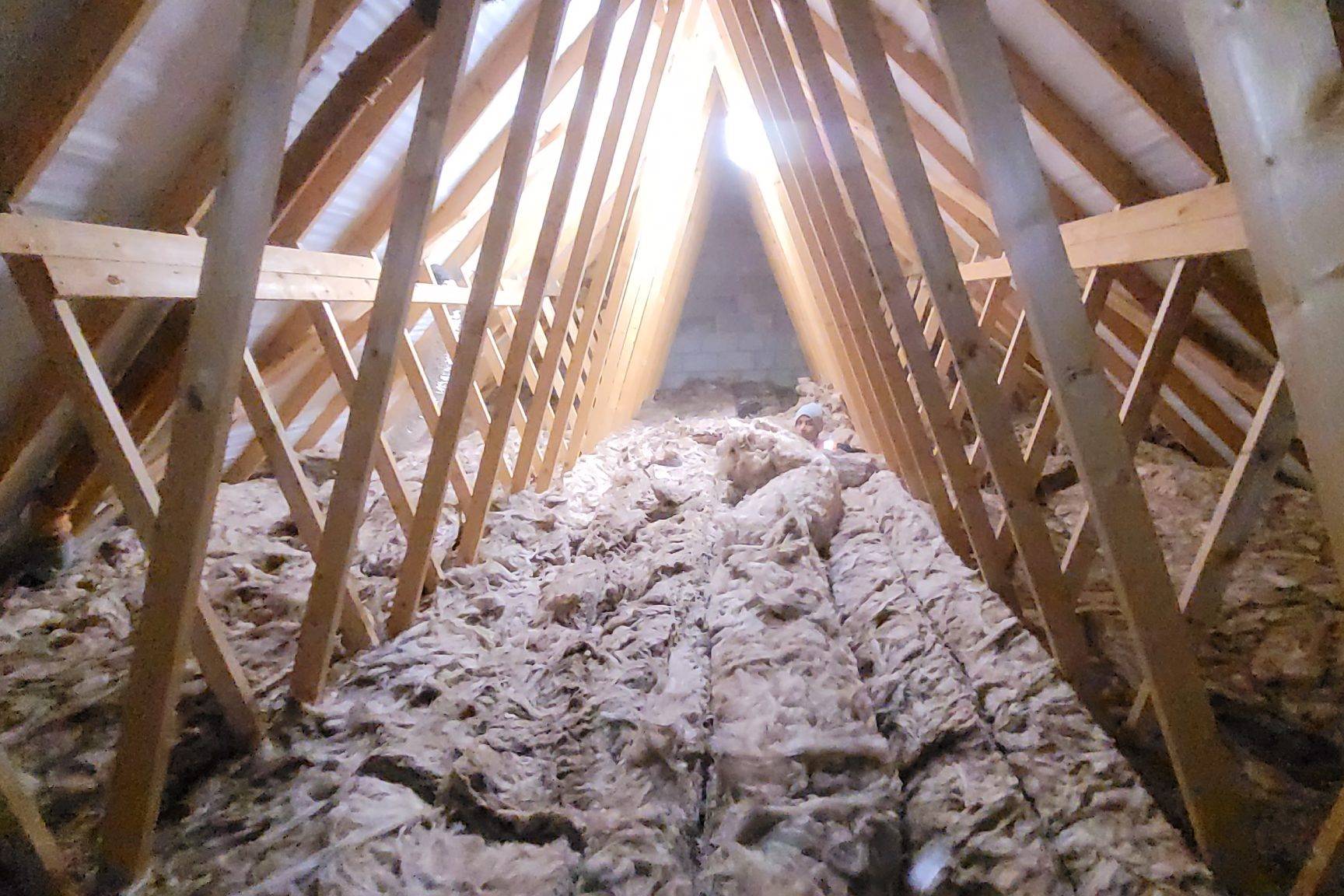
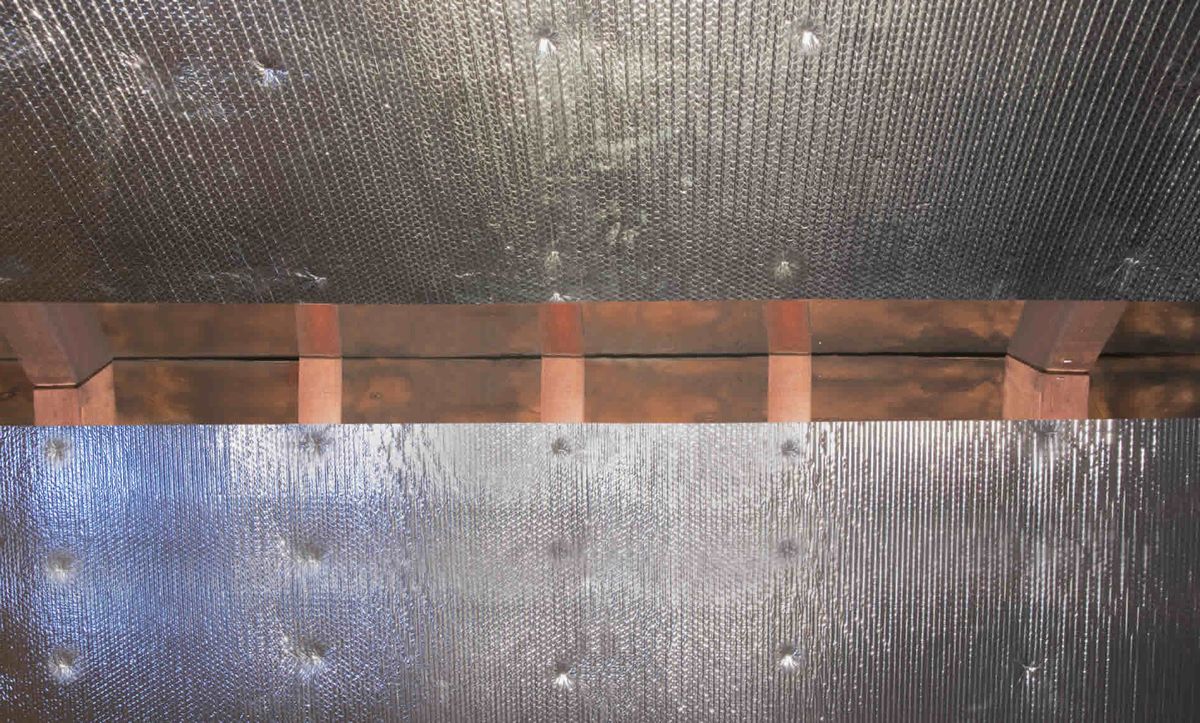
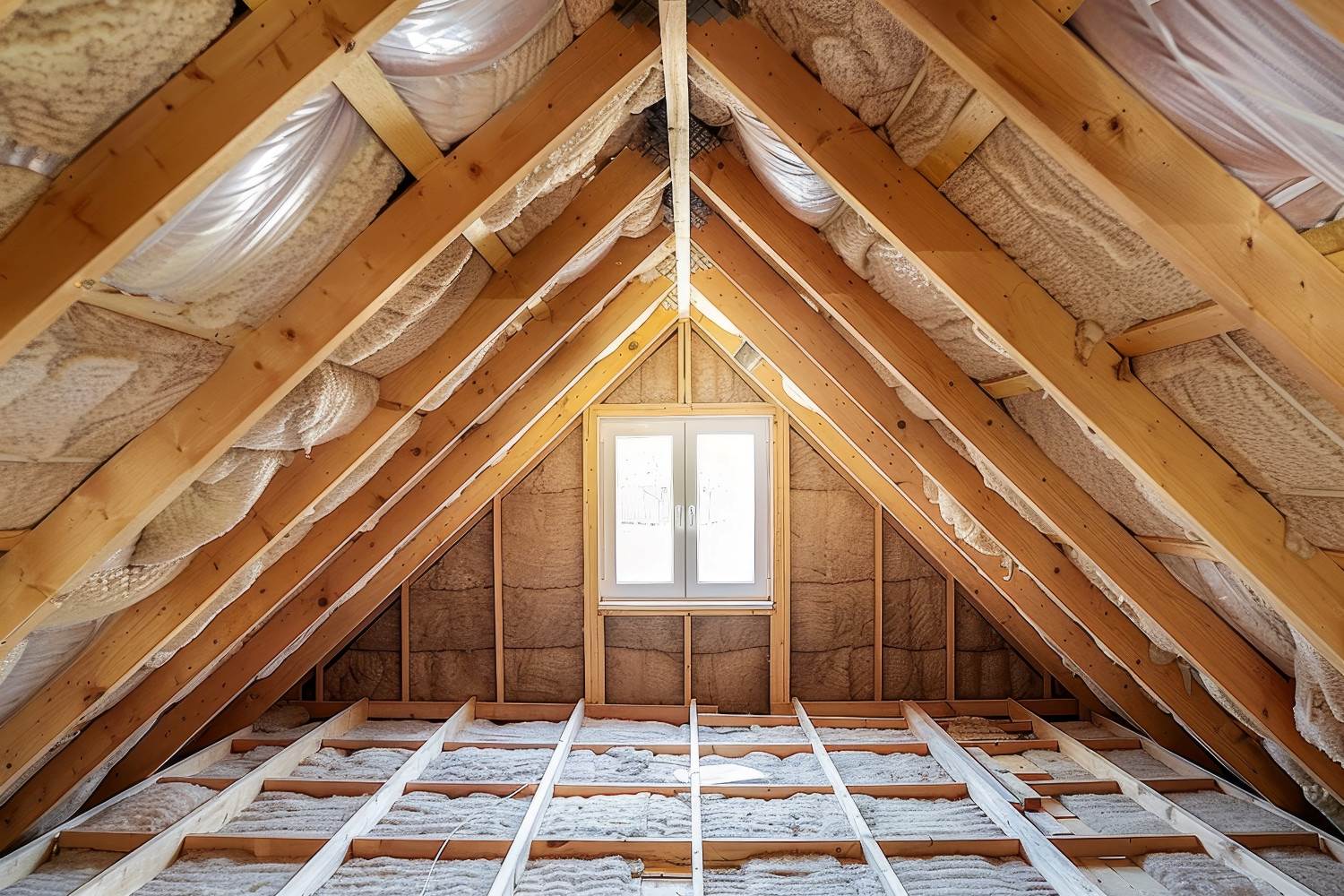
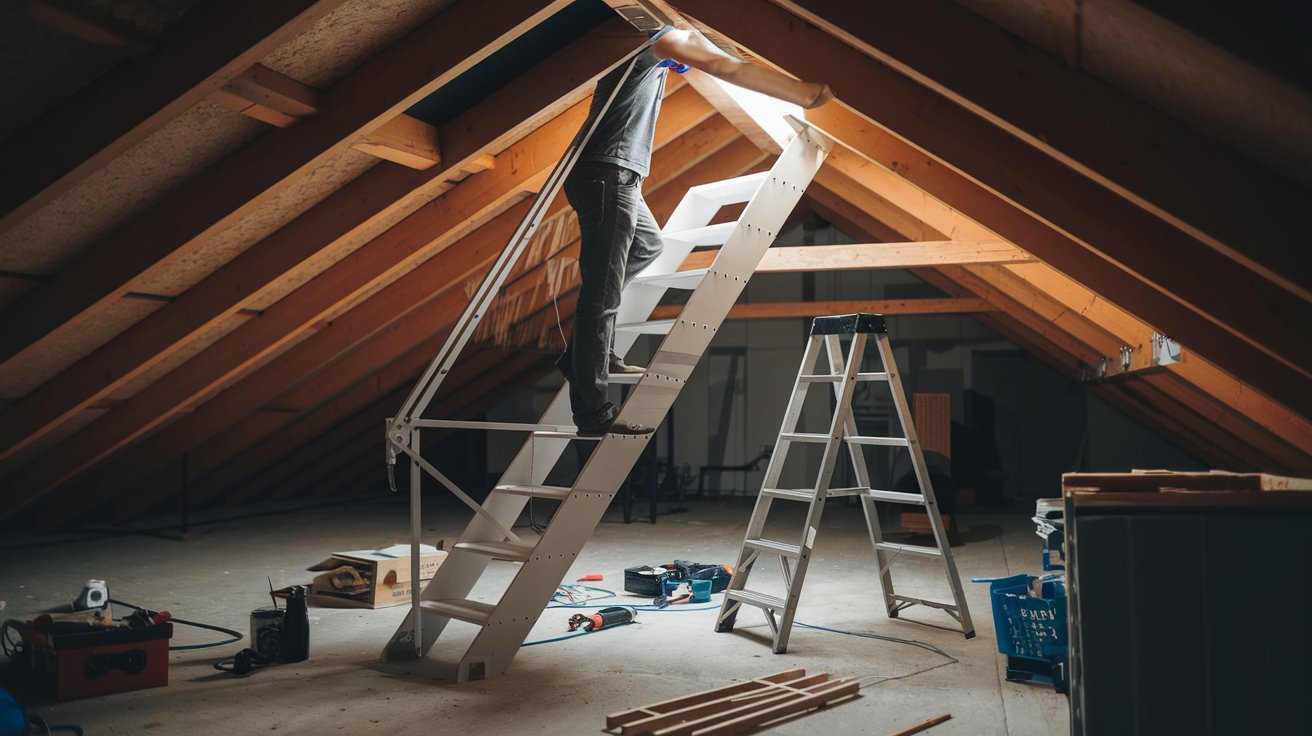
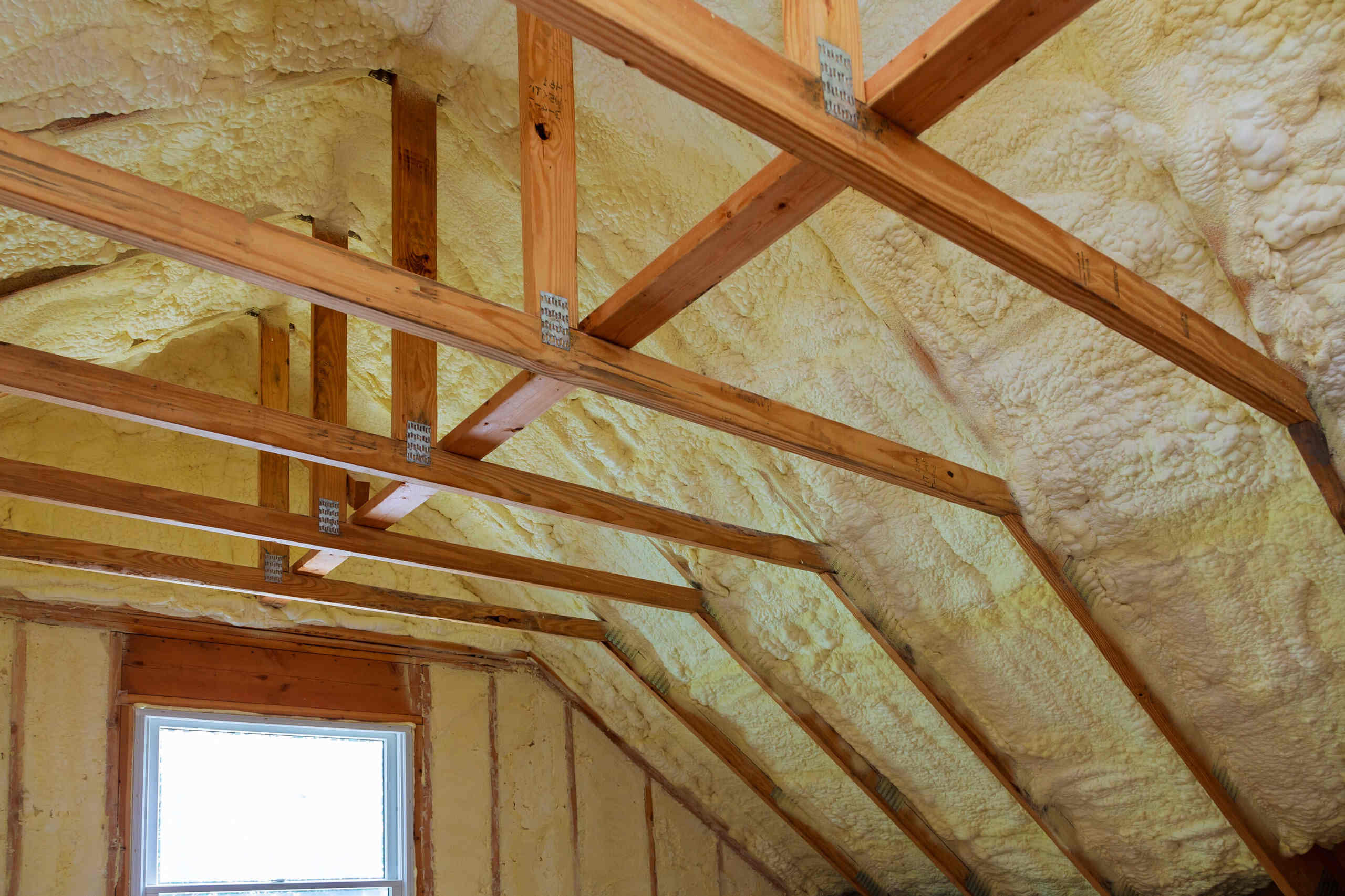
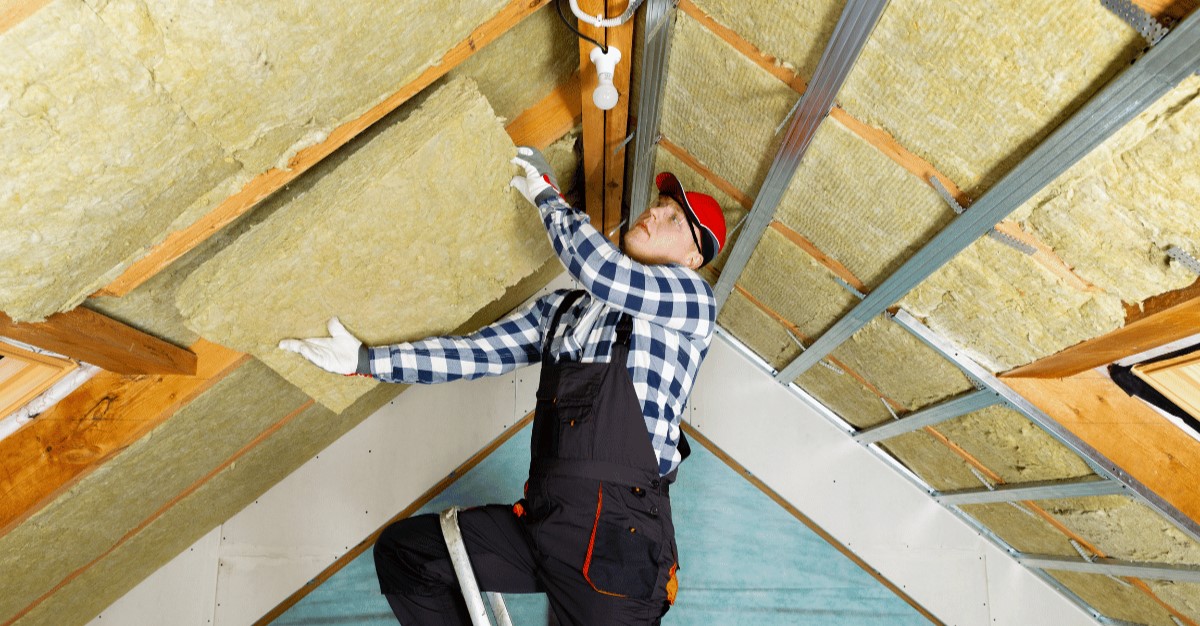

0 thoughts on “Upgrading Your Home’s Attic For Extra Storage”